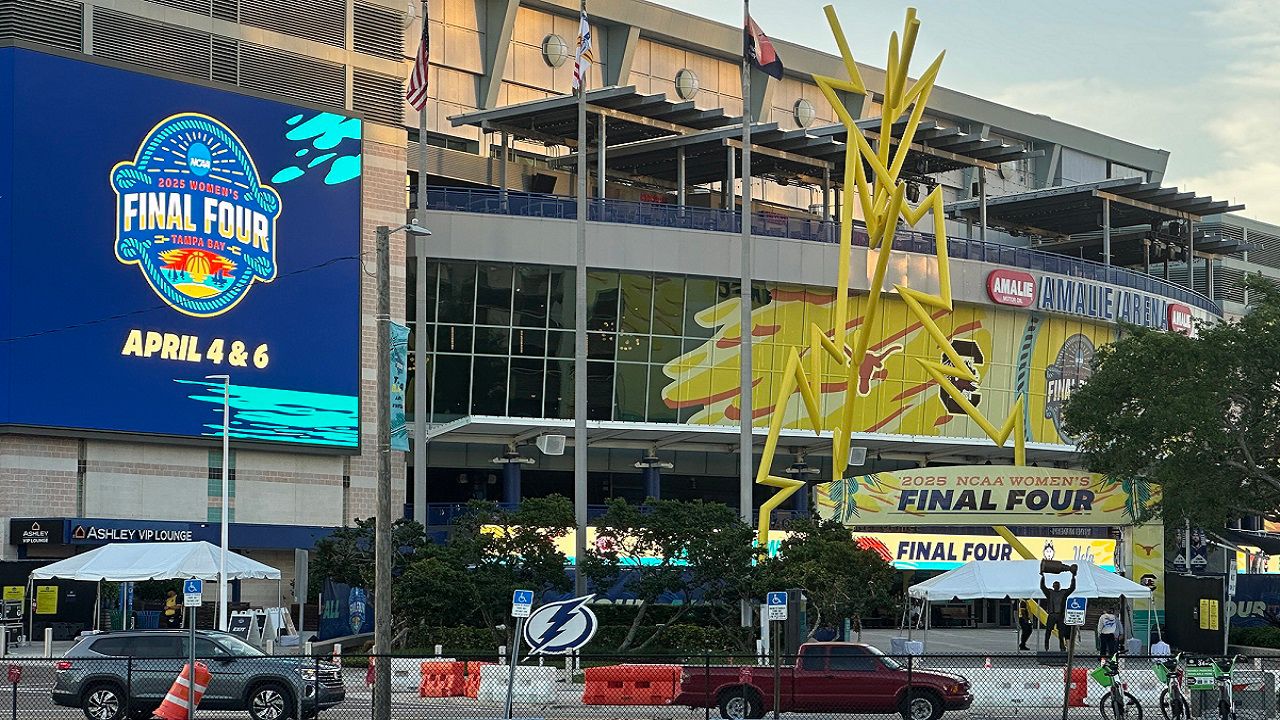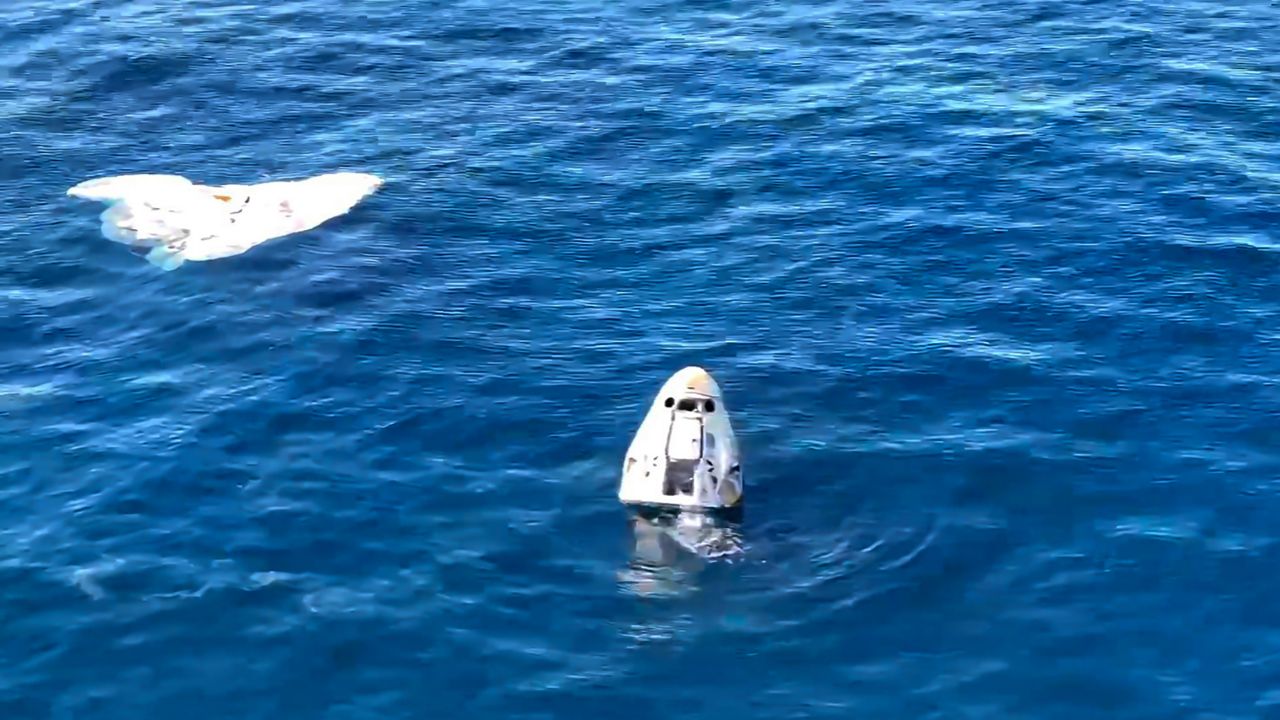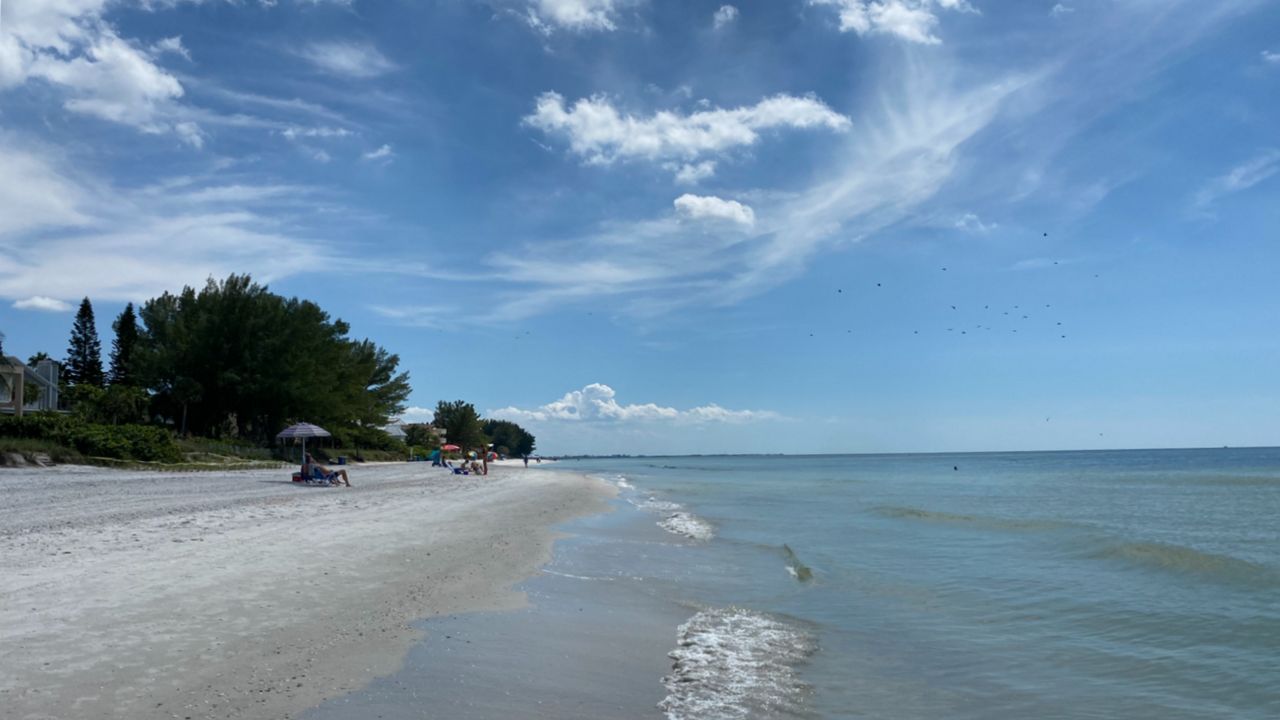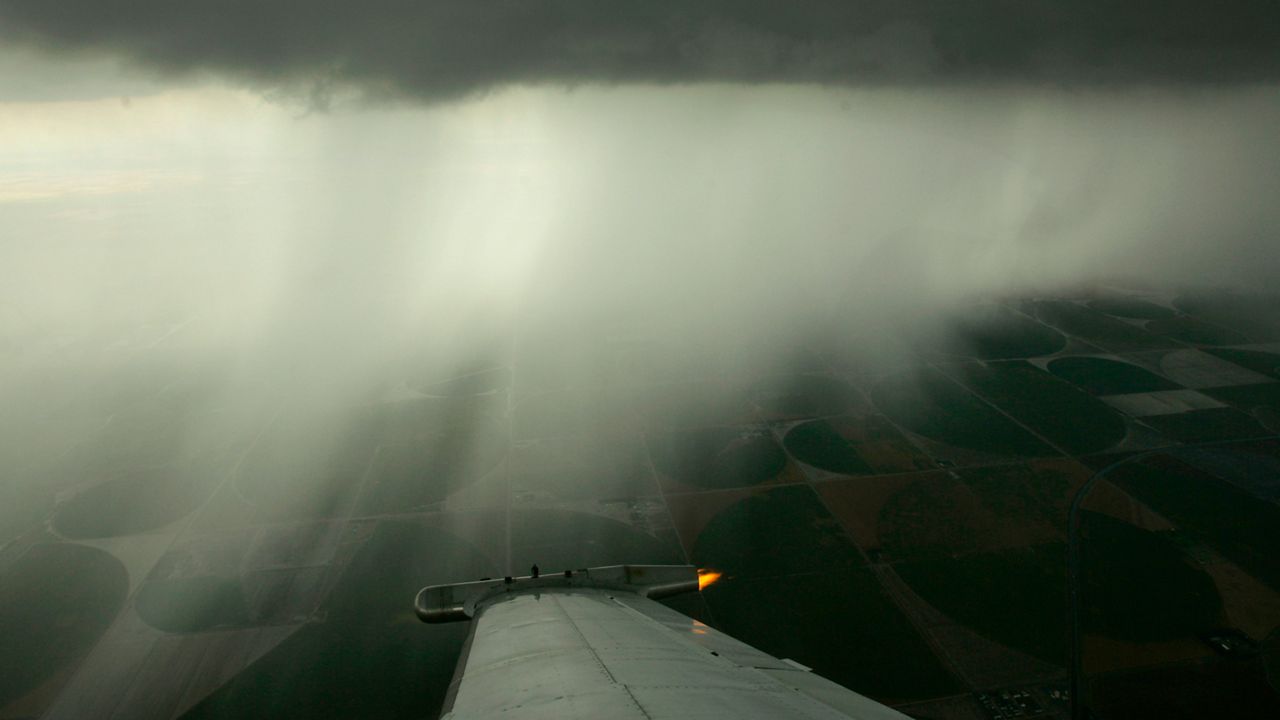ST. PETERSBURG, Fla. — A St. Petersburg homeowner who wants to build a driveway had construction crews begin removing a Native American mound from the front of his house, however, all work stopped two weeks ago once human remains were likely uncovered, according to city records.
“The archaeologist said it was a femur and that stopped everything,” said neighbor Bill Saron, 65. “I really hope they don’t go any further because there could be more.”
Archaeologist Jeff Moates was hired by the homeowner to oversee the project and, in accordance with the Certificate to Dig conditions of approval, must be on site during all ground disturbing activity.
On June 22, Moates notified the city that human remains were likely found and all ground disturbing activity had stopped, according to an email obtained through a public records request.
“The remains uncovered today do not appear to be associated with an intact or in site burial. Visual inspection in the immediate vicinity did not result in the identification of other human remains,” Moates wrote. “These uncovered today may be isolated and intermingled with the midden material.”
The area where the suspected human remains were discovered has been protected with a tarp.
The Bayshore Homes neighborhood is located on the Long Bayou shoreline in St. Petersburg. Saron is an attorney with a background in archeology and said the food source for the Native Americans came from the Bayou.
“The (Native Americans) lived primarily on seafood,” he said. “The Spanish couldn’t believe how big they were when they first met them because they were healthy. They had good diets.”
The Native American mounds are at least 8 feet tall and consist of layers of shell and other archaeological remains, artifacts such as ceramic fragments, tools made from bone and shell, and food remains, according to the cover letter for the Certificate to Dig application. The neighborhood was built on the remains of a village complex developed by Indigenous peoples beginning nearly 2,000 years ago.
“Indigenous people buried their dead in the same midden and mound deposits long ago,” Moates wrote. “Meaning there is a potential for the presence of human remains within the Bayshore Homes site and the current project area.”
Saron and his wife, Karen, 65, said they treasure the Native American mound in front of their home.
“We think it’s beautiful and would never think about altering it,” he said. “It protects our house in our estimation.”
The couple are St. Petersburg natives and said many locals know Indian mounds are part of the area’s history.
“We were both born in 1958 at Mound Park Hospital which is now Bayfront,” said Bill Saron. “So, if you’re a person from St. Petersburg, you know about (Native American) mounds.”
Karen Saron said she worries disturbing the mound will ruin the area’s protection from hurricanes. It’s folklore that Native American blessed the mounds and that’s what keeps the storms away.
“The mounds part the winds and it saves us from taking direct hits from hurricanes,” said Karen Saron. “I don’t want the mounds disturbed, that’s bad karma.”
From the sidewalk, layers of shell are visible on the uncovered section of her neighbor’s mound. Spectrum Bay News 9 reached the new owner, who said they “can’t disclose anything about it” and declined a request for an interview.
Bill Saron said he would like to see the mound left alone.
“We would prefer they just put the wall back and leave it the way it is,” Bill Saron said. “It’s an awful lot of material to allow to be torn out and if it’s protecting us from hurricanes, that’s a perk.”
According to the city’s urban planning and historic preservation district, once human remains are discovered all work must stop, the state archaeologist must be notified, the area must be protected and no skeletal remains will be collected or removed until a plan of action has been developed. The state archaeologist will determine the treatment, including mitigation and disposition of the unmarked human burial or unregistered grave.
In his email, Moates suggested a re-burial of the remains could be possible on the same property.
“A buffer of undisturbed midden material will remain on the five to 6 feet extent of the property adjacent to the residential lot line to the north,” he wrote. “The buffer may provide a suitable location for the reburial of the remains uncovered today, should the construction activities proceed as planned.”









